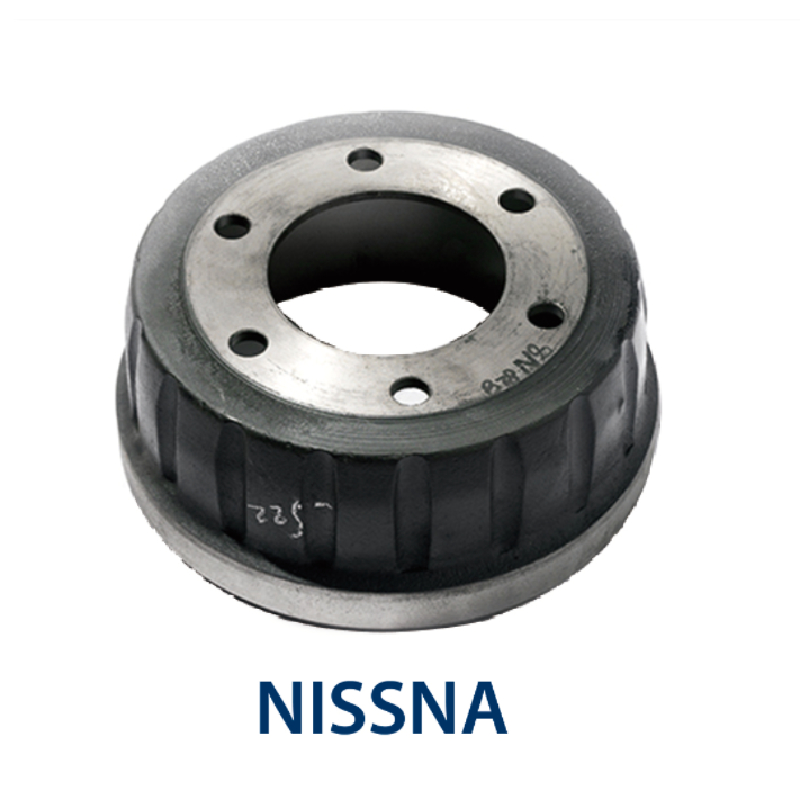آگوست . 06, 2024 10:11 Back to list
Understanding the Causes and Solutions for Brake Drum Fluid Leakage in Vehicles
Understanding the Issue of Leaking Brake Drums
Brake systems are one of the most critical components of any vehicle. They ensure safety by allowing drivers to control their speed and come to a stop effectively. Among the various parts of a brake system, the brake drum plays a crucial role, particularly in drum brake systems commonly found in older vehicles and some modern rear axles. However, when brake drums start to leak, it can lead to a series of problems that drivers must address promptly to ensure their safety and maintain their vehicle's performance.
What is a Brake Drum?
A brake drum is a cylindrical component that houses the brake shoes in a drum brake system. When the driver presses the brake pedal, hydraulic pressure forces the brake shoes against the inner surface of the drum, creating friction that slows down the wheel's rotation. This mechanism is generally reliable; however, various factors can lead to wear and tear, resulting in issues, including leaks.
Causes of Leaking Brake Drums
Leaking brake drums can occur due to several reasons. One of the primary causes is wear and tear over time. As brake shoes and the internal surface of the drum undergo repeated friction and heat, they can erode, leading to the formation of cracks or grooves. Additionally, rust and corrosion can set in, especially in regions exposed to moisture and road salt, which can weaken the drum's structure.
Another significant factor leading to leaks is the failure of the wheel cylinder. The wheel cylinder is a critical component that converts hydraulic pressure from the brake line into mechanical force that pushes the brake shoes against the drum. If the seals within the wheel cylinder become worn out or damaged, brake fluid can leak into the drum. This not only compromises braking performance but also leads to contamination of the brake shoes, which can further exacerbate the problem.
leaking brake drum

Signs of a Leaking Brake Drum
Recognizing the early signs of a leaking brake drum is essential for preventing further damage. One of the most noticeable indicators is a decrease in braking performance. If a driver feels that the vehicle takes longer to stop or the brakes feel spongy, it could point to a problem with the brake system.
Another sign is the presence of brake fluid on the inside of the wheel or the brake drum itself. A visual inspection can often reveal a leak, showing wetness or fluid accumulation around the drum. Additionally, unusual noises such as squeaking or grinding can occur if the brake shoes are contaminated with brake fluid, which reduces their ability to generate friction effectively.
Addressing the Issue
When experiencing issues with a leaking brake drum, it’s crucial to address the problem promptly. Ignoring the signs can lead to brake failure, potentially resulting in dangerous driving conditions. A professional mechanic should inspect the system to identify the source of the leak. In some cases, replacing the wheel cylinder may solve the problem, while in others, the brake drum itself may need to be resurfaced or replaced.
Conclusion
In summary, a leaking brake drum is a serious issue that requires immediate attention. Understanding the potential causes and recognizing the symptoms early can help drivers maintain their vehicle's safety and performance. Regular maintenance and inspections of the brake system are essential practices for any vehicle owner, ensuring that brakes operate effectively and safely when needed. After all, the ability to brake properly is fundamental to safe driving, and a well-maintained brake system is a crucial part of that equation.
-
Brake Drum Liza High-Quality Drum Brake & Shoe Kits for Vehicles
NewsMay.19,2025
-
IVECO Brake Drums & Shoes - Durable OEM Replacement & Kits
NewsMay.19,2025
-
High-Performance Brake Drum Liza Durable Drum Brake Solutions
NewsMay.18,2025
-
Brake Drum Liza High-Quality Drum Brake & Shoe Compatibility
NewsMay.18,2025
-
Brake Drum Liza High-Quality Drum Brake Components & Shoes
NewsMay.18,2025
-
IVEKO High-Performance Brake Drums Durable & Precision-Engineered
NewsMay.17,2025
